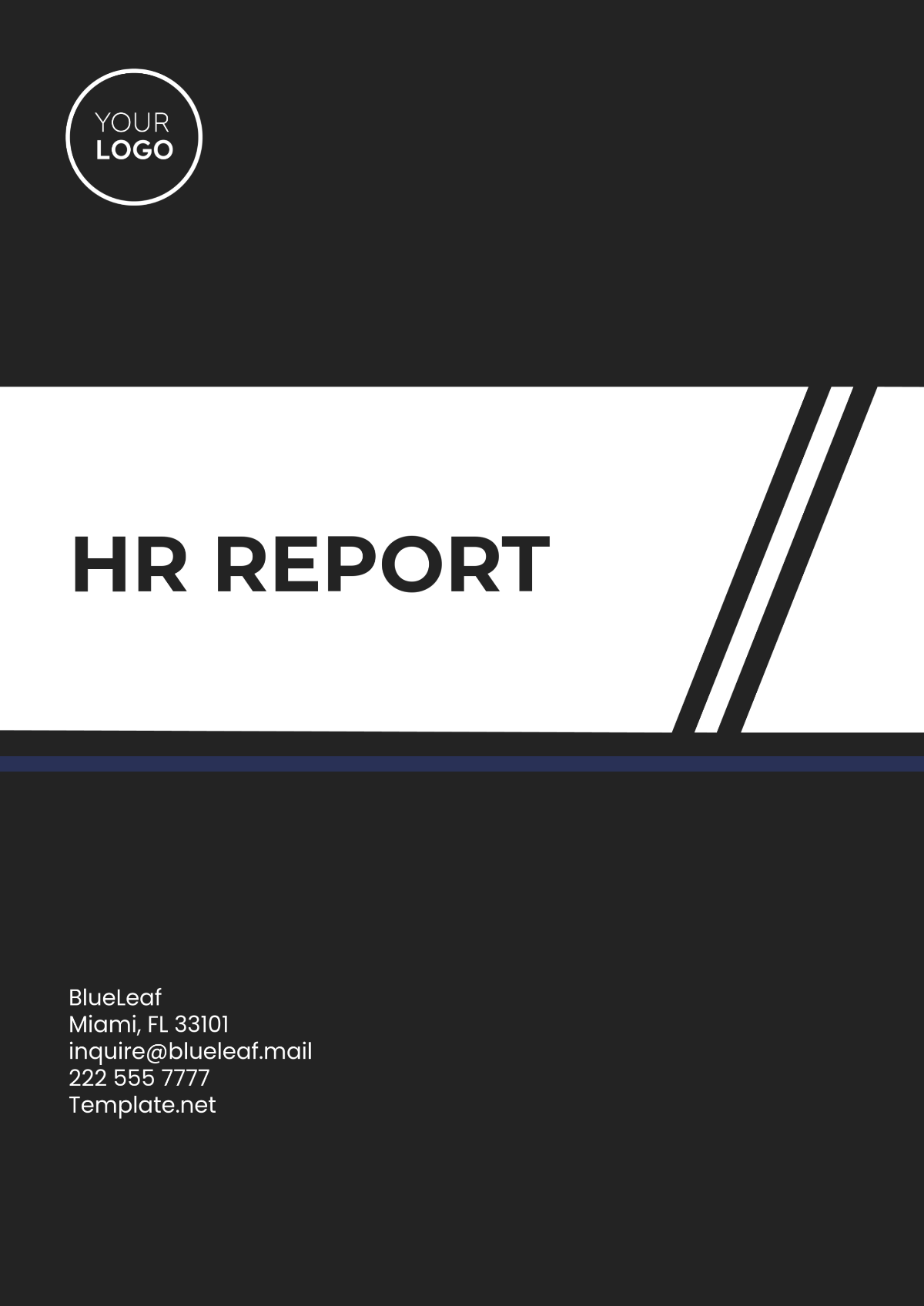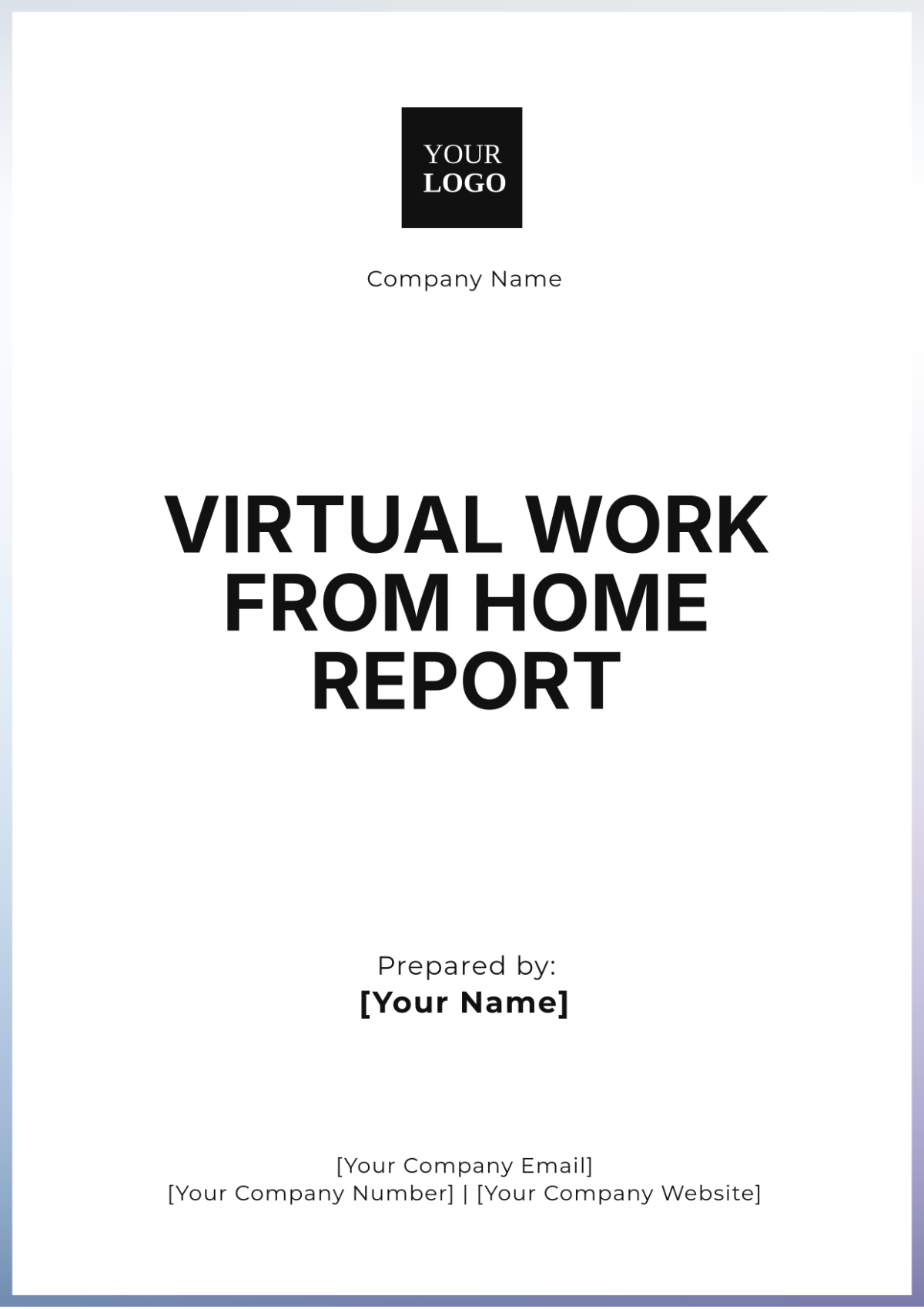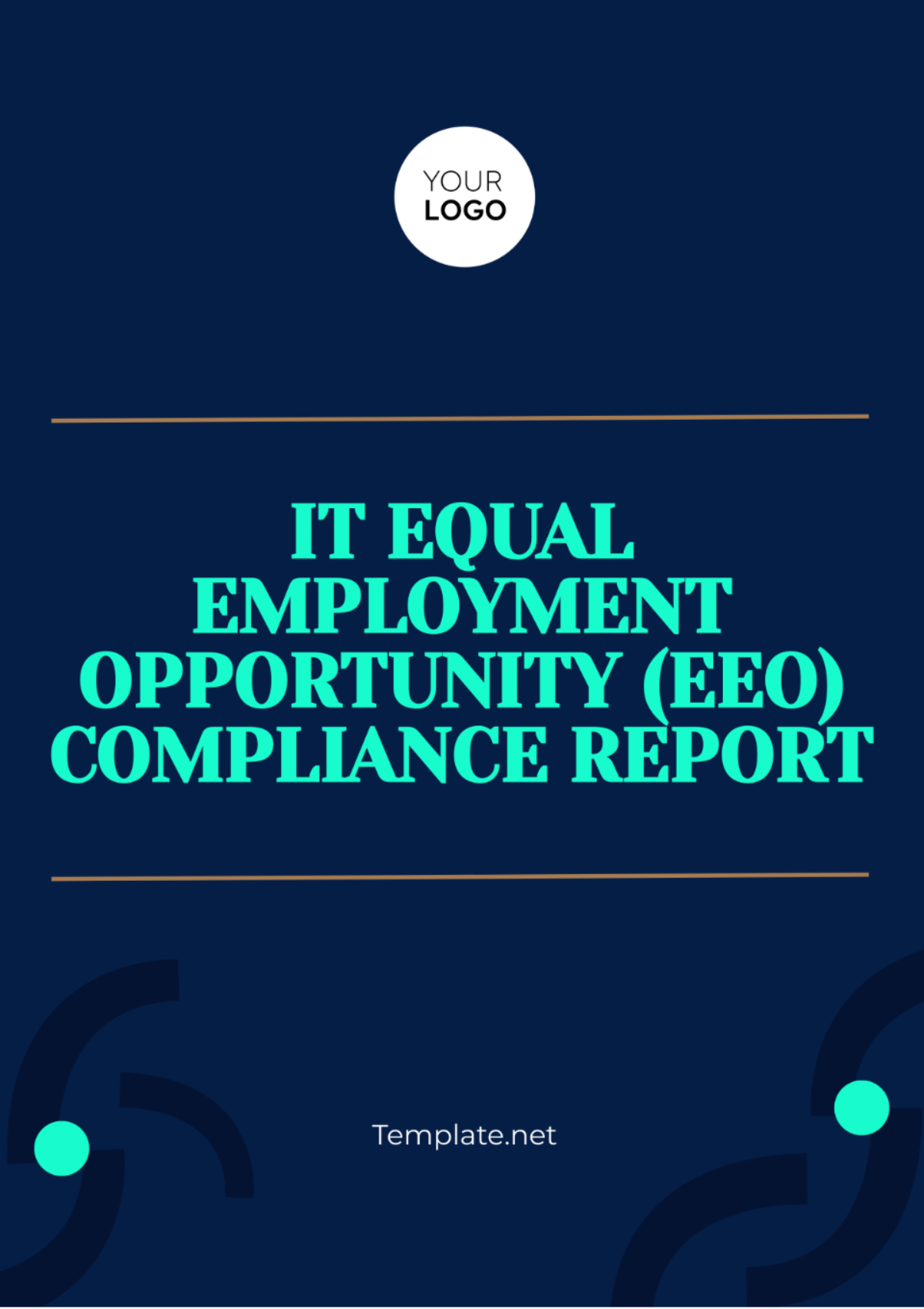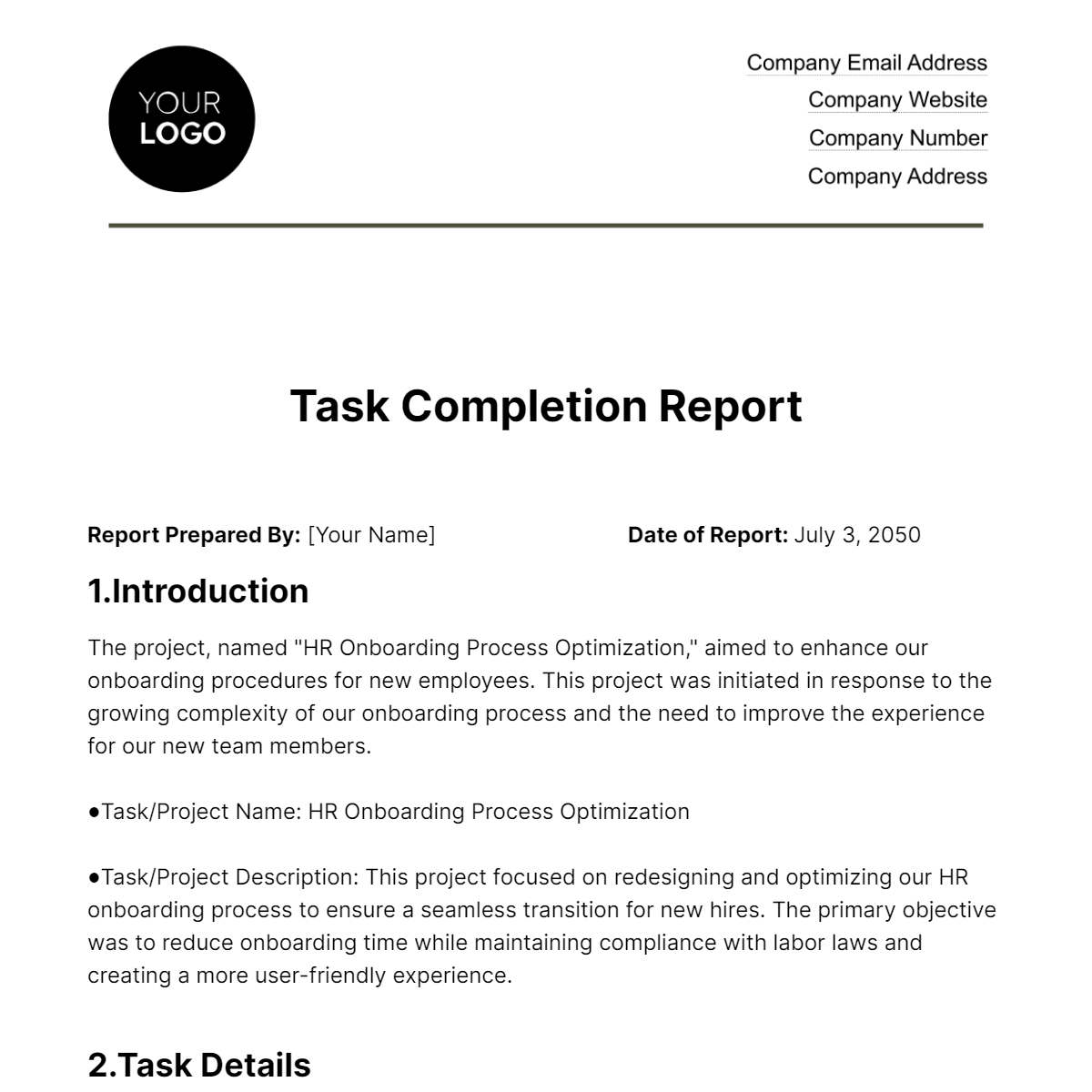Salary Discrepancy Report HR
Prepared by: [Your Name]
Company: [Your Company Name]
Date: [Insert Date]
Introduction
The objective of this report is to analyze and identify any salary discrepancies within the organization. This includes examining the factors that contribute to unequal salaries and providing recommendations for addressing these discrepancies. A thorough review of salary data will help ensure fair compensation practices aligned with industry standards and organizational policies.
Data Collection and Methodology
A comprehensive dataset was collected from the HR department, including employee role, department, years of experience, education level, performance ratings, and current salary. This data was analyzed to identify patterns and anomalies that might indicate discrepancies in salary distribution.
Data Analysis Tools
Statistical software for data analysis
Microsoft Excel for data visualization and calculation
HR Analytics tools for benchmarking against industry standards
Findings
Overall Salary Distribution
The salary distribution across the organization shows a wide variance as highlighted in Table 1 below. This initial observation raises questions regarding the factors contributing to such disparities.
Role | Minimum Salary | Average Salary | Maximum Salary |
|---|---|---|---|
Management | $60,000 | $80,000 | $120,000 |
Engineering | $50,000 | $70,000 | $110,000 |
Administrative | $30,000 | $40,000 | $55,000 |
Factors Influencing Salary Discrepancies
Several factors have been identified as potentially contributing to salary discrepancies within the organization:
Years of Experience: Employees with similar roles and responsibilities often earn significantly different amounts based on their years of experience.
Educational Background: Salaries tend to be higher for employees with advanced degrees, contributing to observed discrepancies.
Gender: There is a noticeable difference in salaries between male and female employees across similar positions.
Departmental Budget Variances: Departments with larger budgets tend to offer higher salaries for similar positions compared to those with less funding.
Recommendations
Addressing salary discrepancies requires a multifaceted approach. Here are some recommended strategies:
Conduct Regular Salary Audits
Implement regular salary audits to ensure that pay rates remain competitive and fair. Use benchmarking data to realign salaries with industry standards.
Enhance Salary Transparency
Encourage transparency by providing clear guidelines on salary ranges for each position. This can reduce misunderstandings and perceptions of inequality.
Implement Structured Pay Scales
Adopting structured pay scales can standardize compensation across departments and roles, minimizing arbitrary salary differences.
Promote Diversity and Inclusion Initiatives
Strengthen diversity and inclusion programs to address gender and other demographic disparities in salary. This includes setting measurable goals for improvement.
Conclusion
Salary discrepancies within the organization are a significant concern that requires immediate attention. By implementing the recommendations outlined above, the organization can work towards achieving equitable salary practices, fostering a more inclusive and fair workplace environment.
Appendix
Additional data and analysis outputs are available upon request. This includes extensive statistical analysis results and cross-departmental salary comparisons.


















